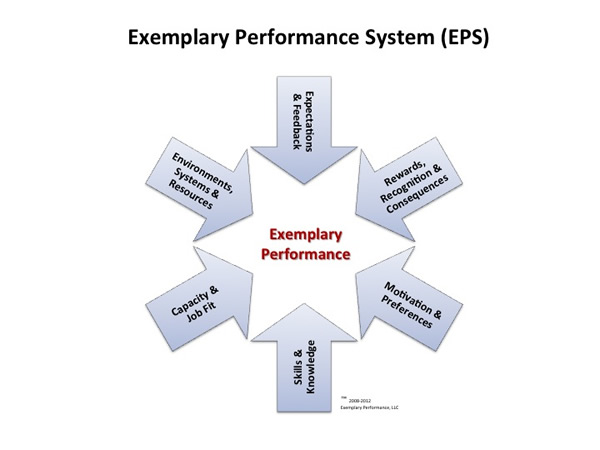ATD Blog
Creating a Profile of Exemplary Performance (PEP)—Part One
Thu Oct 17 2013

Capturing the expertise of high performers in your organization provides a rich repository of information that describes optimal work performance. We call this the Profile of Exemplary Performance (PEP).
The information in the PEP is useful for designing and implementing a wide array of performance solutions—from hiring to compensation, training to assessment, and process improvements to recognition and reward systems. You can think of the PEP as the DNA of your exemplars.
The PEP data includes such information as the accomplishments produced by the particular role or team, success criteria for those accomplishments, key activities or tasks that produce the accomplishments, and system facilitators and barriers that the star performers have discovered. You can use this unique data set as the design basis for building a performance architecture, which is an integrated set of solutions designed to maximize the performance of everyone in the targeted role or team.
The performance architecture, which carefully aligns all six subsystems that comprise the EP Systems Model (EPS), will optimize the shift of the performance curve. (See the figure below.)

So, how do you get started creating PEPs?
Step 1: Business analysis and alignment
Before you begin any analysis, you must first align the purpose of the project with the organization’s business strategy and goals. A formal alignment meeting, which includes the client, is essential. The outcome of the meeting is to verify and clarify the situation that led to the request for the analysis. Be sure to invite all key stakeholders, along with members of the analysis team.
Next, you need to capture indicators of success that are operational and, preferably, quantitative. Exemplary Performance: Driving Business Results by Benchmarking Your Star Performers (Jossey-Bass, March 2013) gives examples of specific questions you can ask.
It’s also critical to determine roles within the project and to identify who will be the final authority on determining the accuracy of the results and usefulness of the recommendations.
Another chief component of the business analysis phase is the clarification and validation of the organization’s goals. These goals determine how the results of the analysis are evaluated. And keep in mind that workers perform best when they know what their company is trying to accomplish and how their results fit into the big picture.
Step 2: Stars as internal benchmarks
Benchmarking the best practices of other companies is a common practice, but many organizations run into difficulty implementing these new approaches back into their own organizations. The stumbling blocks might be differences in corporate cultures or a whole host of other reasons.
One advantage to creating PEPs is that this process captures best practices (or benchmarks) from within the same organizational culture, thus avoiding this problem. Another advantage is that the PEP process allows for much more rapid implementation of performance improvement solutions.
Step 3: Leveraging the insights of your stars
We’ll discuss this third process of performance analysis in the next blog.
For more on how to shift the performance curve, check out Paul’s previous blog article in this series.
